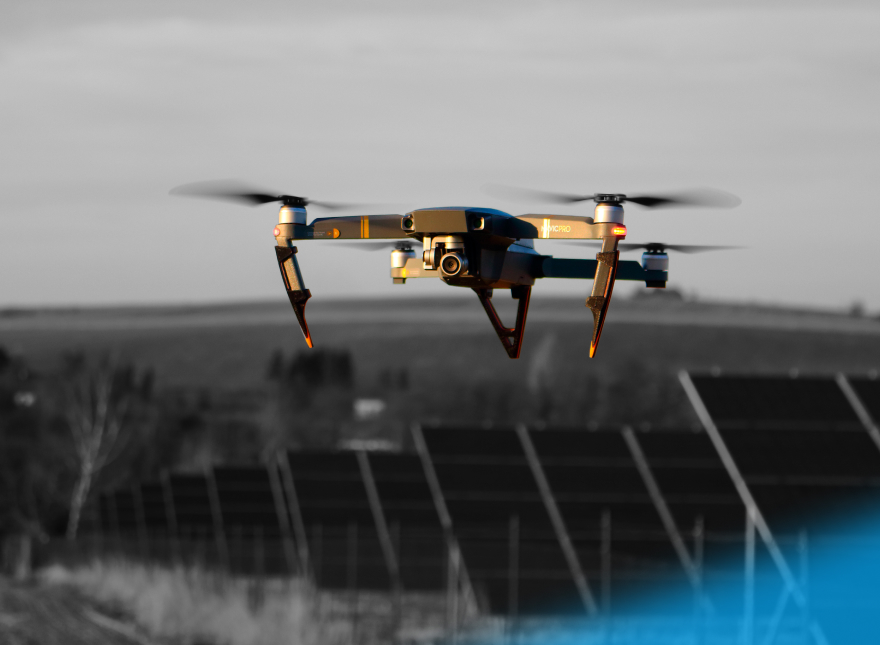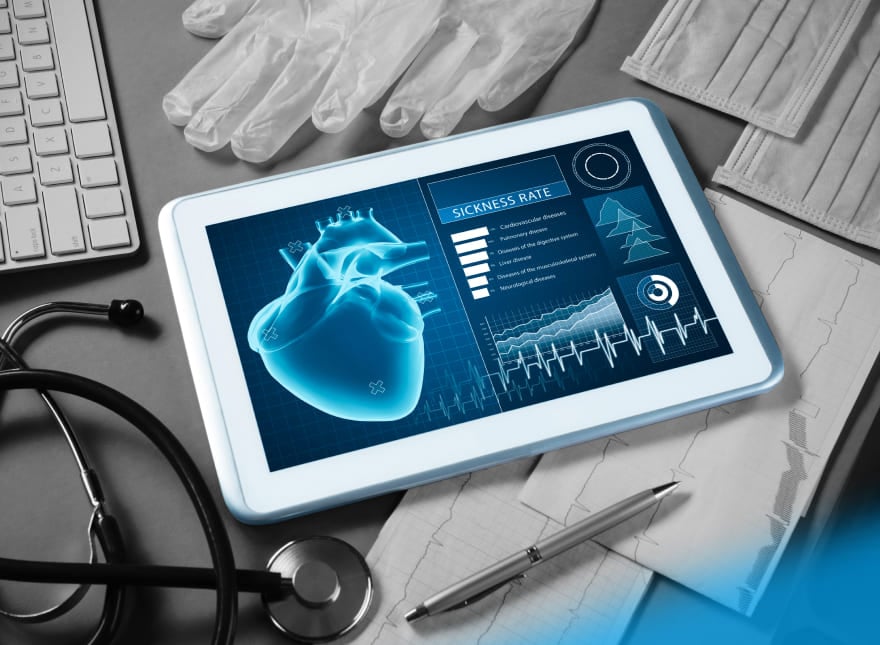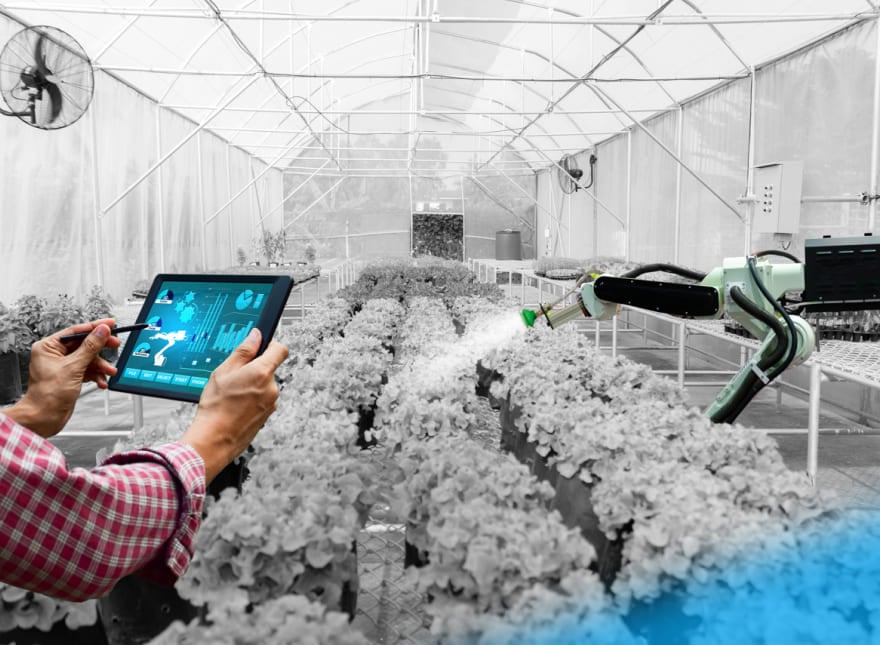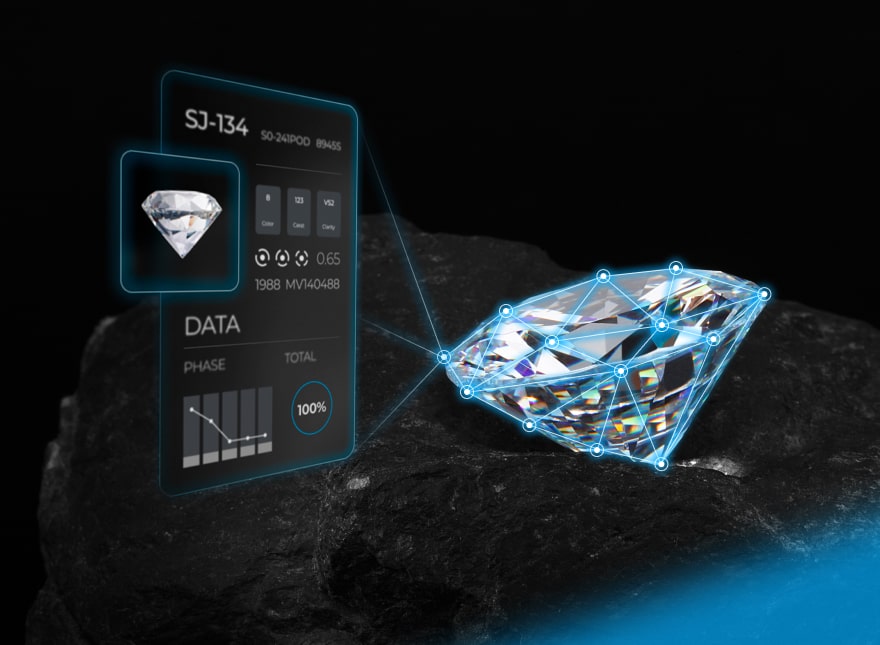4 Examples of IoT Environment Monitoring
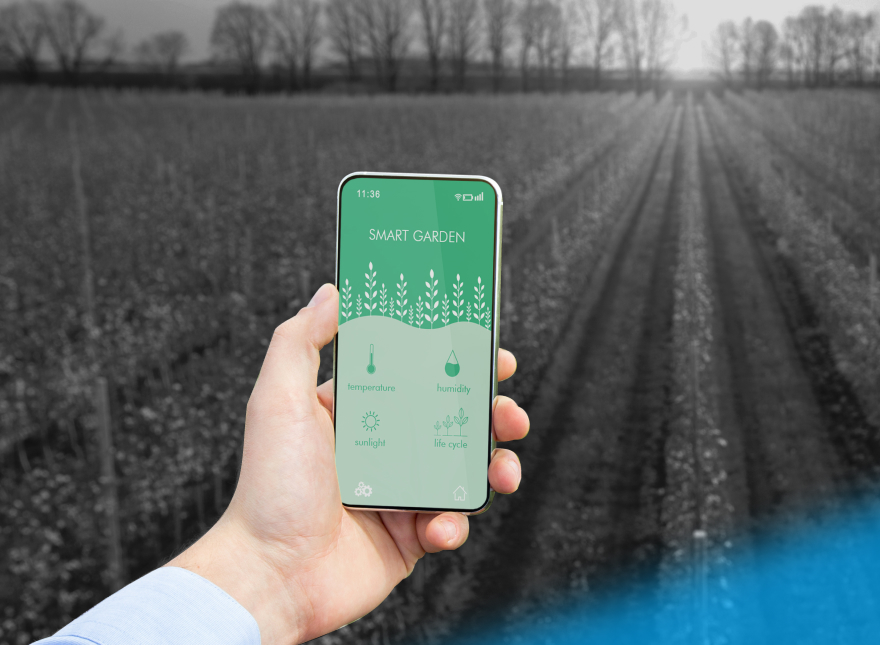
What options do businesses have in the face of constantly emerging eco regulations? Well, if they decide to follow the new rules, they will increase their expenditure. Why not opt to pay skyrocketing fines, too? To avoid this, they would have to shift investment and production to less stringent locations, with all the upheaval that involves.
Let’s be honest, there hasn’t been a win-win proposition for companies for a long time. And sustainability at such a cost has made CEOs skeptical, not encouraged.
But what if environmental monitoring became an extra source of income? Reconciling environmental concerns and increasing economic gains? What if businesses could treat environmental monitoring as something other than just a burden?
Here are four profitable and effective examples of smart eco IoT projects.
Table of Contents
Use Case 1: Farming
For decades, agriculture was among the most conservative industries. But times are a-changin’! Farmers have to carefully consider land use and the application of fertilizers and pesticides if they don’t want to face fines. Of course, this doesn’t make farming any easier. What’s more, the human population is growing along with food consumption. To keep up, farmers need to boost crop yields and improve product quality. But how can they do this without their traditional approaches and with environmental sustainability in mind? That’s quite a serious mission.
Real-Life Example
Growficient is a Dutch startup that develops smart irrigation products. The solution helps target areas that need attention with IoT environmental monitoring sensors. The devices measure climate data and water levels in the soil, and the platform adjusts irrigation processes. As a result, farmers get efficient tools for land and crop monitoring. It also becomes easier for them to control resource usage and cut down on extra water consumption.
Benefits
- Better product quality. Farmers monitor field operations and track the necessary water supplies.
- Efficient resource utilization. The IoT solution tracks water volume to avoid using it excessively.
Use Case 2: Urban
The main bottleneck in many city planning cases is water supply and proper water quality management. This results in water of marginal quality. As a consequence, the population suffers from untreated wastewater and waterborne diseases.
You may assume that such cases are only common in developing countries. But in reality, more than seven million Americans get sick every year from diseases spread through water.
No wonder businesses are paying record fines for sewage leaks and water pollution accidents. Luckily, IoT tools help avoid millions of dollars in criminal fines and civil penalties.
Real-Life Example
Let’s consider the case of a wastewater management district in Ohio. They used separate sewers for sanitary sewage and stormwater, but there was no control over water levels in sewage pipes. In the event of heavy rainfall, water from different pipes got mixed into a single pipe. Since the pipe was diverted into a nearby lake, it caused serious water pollution issues.
To avoid such a risk, the district built an automated flow rate monitoring solution. It uses data loggers to monitor the channel’s water levels and flow rate. When significant changes in the water level are registered, the company receives instant notifications and can take action. As a consequence, infrastructure remains the same, but risks drop to zero.
Benefits
- Little risk of sewage overflow. Managers monitor fill levels and get alerts when water flows to a certain height.
- Predictive measures. Automatic rain gauges collect rainfall data and send flood warnings.
- Better water treatment. Sewage doesn’t mix with stormwater and pollute the nearby lake.
Use Case 3: Public Transport
Air pollution harms human cognition and productivity, drains motivation, and leads to lost working days and sick leave. What’s more, air pollution damages health and costs lives. In the US, poor air quality causes over 200 thousand deaths every year.
No one doubts the importance of air pollution monitoring systems. The problem is their cost. A price tag deters enthusiasts and prevents the expansion of an air quality network. That’s why the creativity of the following example is especially impressive.
Real-Life Example
Salt Lake City is considered one of the most dynamic US cities. Its development started well before the 2002 Olympics and has never stopped. It’s amazing to watch one of the fastest urban sprawls in our country’s history in near real time. But managing changes at such a fast pace is a real challenge for city authorities. And one of the side effects of this rapid development is that the city’s air quality is among the worst in the country.
To improve the situation, the authorities decided to install environmental monitoring and control systems. The difficulty was that the city didn’t have a network of air pollution monitoring stations to rely on. But a bit of creativity helped the city council find a solution. They bought $200 air quality sensors and placed them in the driver’s cabs of the TRAX trains. This way, they’ve turned a train into a mobile platform that captures data as it travels through the city.
With such examples, the prospects of the future scope of air pollution monitoring systems don’t look so daunting.
Benefits
- Low upfront costs. The city didn’t have to invest in millions of dollars worth of equipment. Instead, it got a much more affordable solution.
- Scalability. The solution can be copied by low-income communities and businesses with restricted budgets.
Use Case 4: Storage Management
More than a quarter of the world’s rivers contain traces of pharmaceuticals, and one of the reasons for this is poor inventory management.
Not every business deals with hazardous materials. But any company would like to avoid product spoilage and money loss. To do this, they need to monitor proper temperature and storage conditions.
Real-Life Example
Yokogawa’s OpreX Environmental Monitoring System monitors manufacturing conditions in pharma. It collects and records environmental data in production and storage areas.
To stay compliant, the system monitors changes in data. If it detects alterations, OpreX sends an alert to personnel. This ensures that production conditions stay in line with many regulations and guidelines.
Benefits
- Better management of hazardous substances. The system monitors the location of these materials. Moreover, it ensures they’re stored according to regulatory requirements.
- Quick reaction times. If an issue arises, the system sends an alert.
- Lower costs. The company uses fewer resources to manage its inventory.
Bottom Line
I’m 100% sure that a green world brings benefits not only to consumers but to businesses as well. IoT-based environmental monitoring can bring about reduced manufacturing costs and inventory savings. You just need the right tools at hand.
At Softeq, we know how to build smart environmental projects in different sectors. Contact us to see how we can help your business.
More articles on the topic
